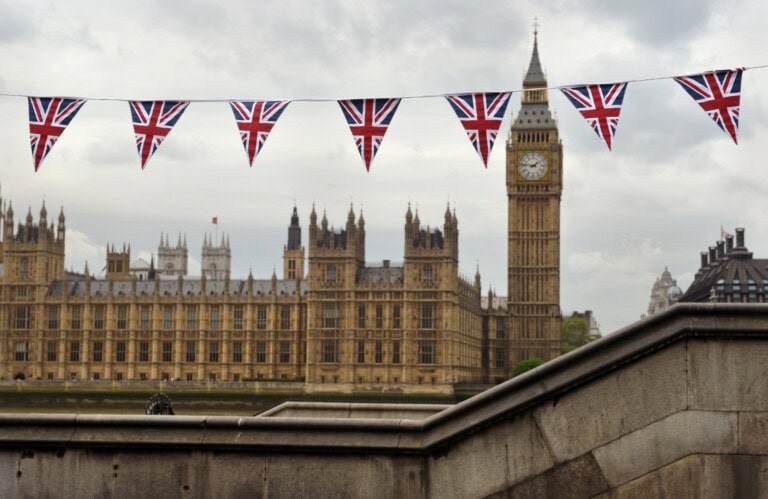UKGBC responds to updated National Planning Policy Framework

The Government has published its full response to the National Planning Policy Framework consultation today. Whilst they have updated the text to make clear that climate change is important in both decision-making and plan-making, this still doesn’t go far enough.
Anna Hollyman, UKGBC’s co-head of Policy & Places, responds to the government’s updated National Planning Policy Framework (NPPF) announcement:
Every planning decision is an opportunity to create greener, safer and healthier communities. This updated NPPF has made a small step towards achieving this, but ambition on climate and nature in planning needs to be strengthened.
That’s why we propose linking the Planning Act with the Climate Change Act and the Environment Act so that climate, resilience, and nature are given weight in every planning decision.
Attention on high-quality, sustainable buildings is welcome, but this needs to be complemented by a Future Homes Standard which is fit for purpose and supports ambitious local authorities that want to deliver homes that are energy efficient and comfortable both now and in the future. Retrofitting and refurbishing existing buildings will lower carbon emissions and reinvigorate struggling communities by providing desirable homes.
The planning system should work with nature, not against it. Protecting and integrating biodiversity and providing access to nature is essential to achieving the goal of creating climate safe, healthy and thriving communities. This means conducting biodiversity assessments on all sites, rather than assuming a greenlight for all brownfield development.”
The Government has published its full response to the National Planning Policy Framework consultation today. Whilst they have updated the text to make clear that climate change is important in both decision-making and plan-making, this still doesn’t go far enough.
We need a clear new ‘purpose’ for the English planning system – linked directly to the Climate Change Act, and we would argue the Environment Act too – so that every single planning decision needs to help, not hinder, our response to the climate and nature emergencies, as well as the cost-of-living crisis.
This would mean that every decision would be more predictable, quicker, less adversarial, and the places created would be healthier, safer, and last well into the future. The green belt should be protected and rewilded except in exceptional circumstances. Strategic landscape-scale decisions should be made to protect communities from flooding and overheating. And our existing built assets conserved, with a presumption for retrofit over demolition and rebuild.
The NPPF includes requirements to ensure homes are high-quality and well-designed, alongside promised updates to the National Design Guidance. This is welcome, but must be complemented by improvement to building regulations (through the Future Homes and Building Standards) and support for ambitious local authorities, who want to deliver homes that are energy efficient and comfortable both now and in the future.
UKGBC was among the respondents to point out that brownfield land can be haven for nature in urban areas, and sometimes contains more biodiversity that greenfield land. The most sustainable way to build is to create greater density, while protecting green spaces. We do not believe the default answer when asked to build on brownfield should always be ‘yes’, and urge the government to considering assessing biodiversity on these sites before permitting building.
The stakes were high. If we get the planning system right, we open a new era of clean electricity, affordable homes where they’re needed, and large strategic areas to protect and restore nature. However, if ambition on climate and nature remains weak we could destroy what’s left of nature, bust our legally binding carbon budgets, and see a nation up in arms.

Related
UKGBC responds to the Climate Change Committee’s 2025 Progress Report

UKGBC responds to 2025 Comprehensive Spending Review

UKGBC responds to OFGEM’s energy price cap rise

UKGBC responds to the Government’s minimum energy performance standards


